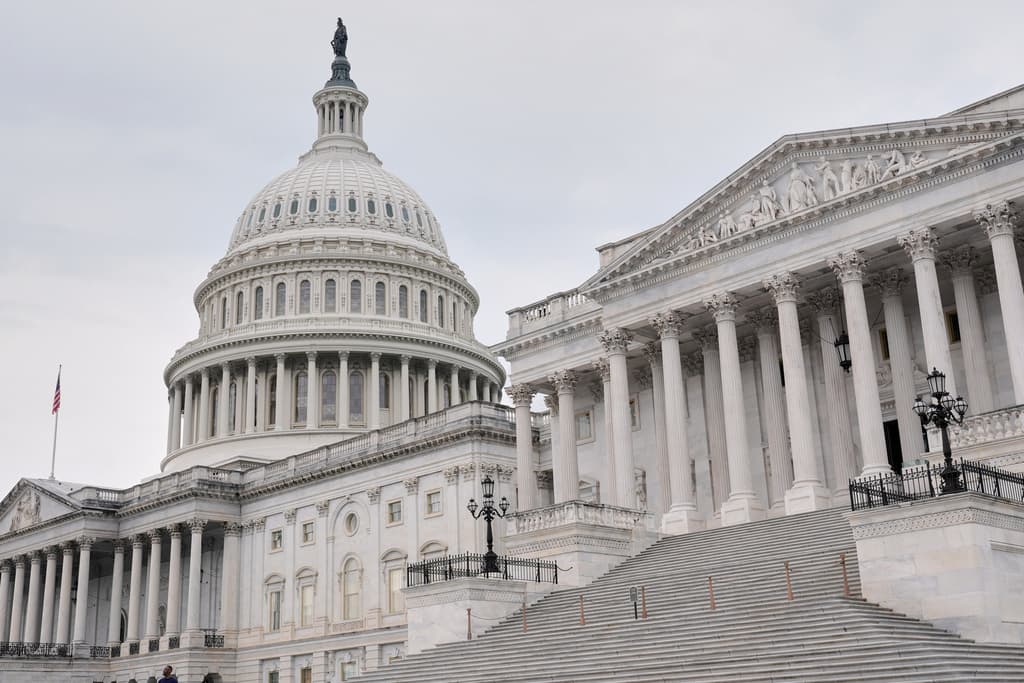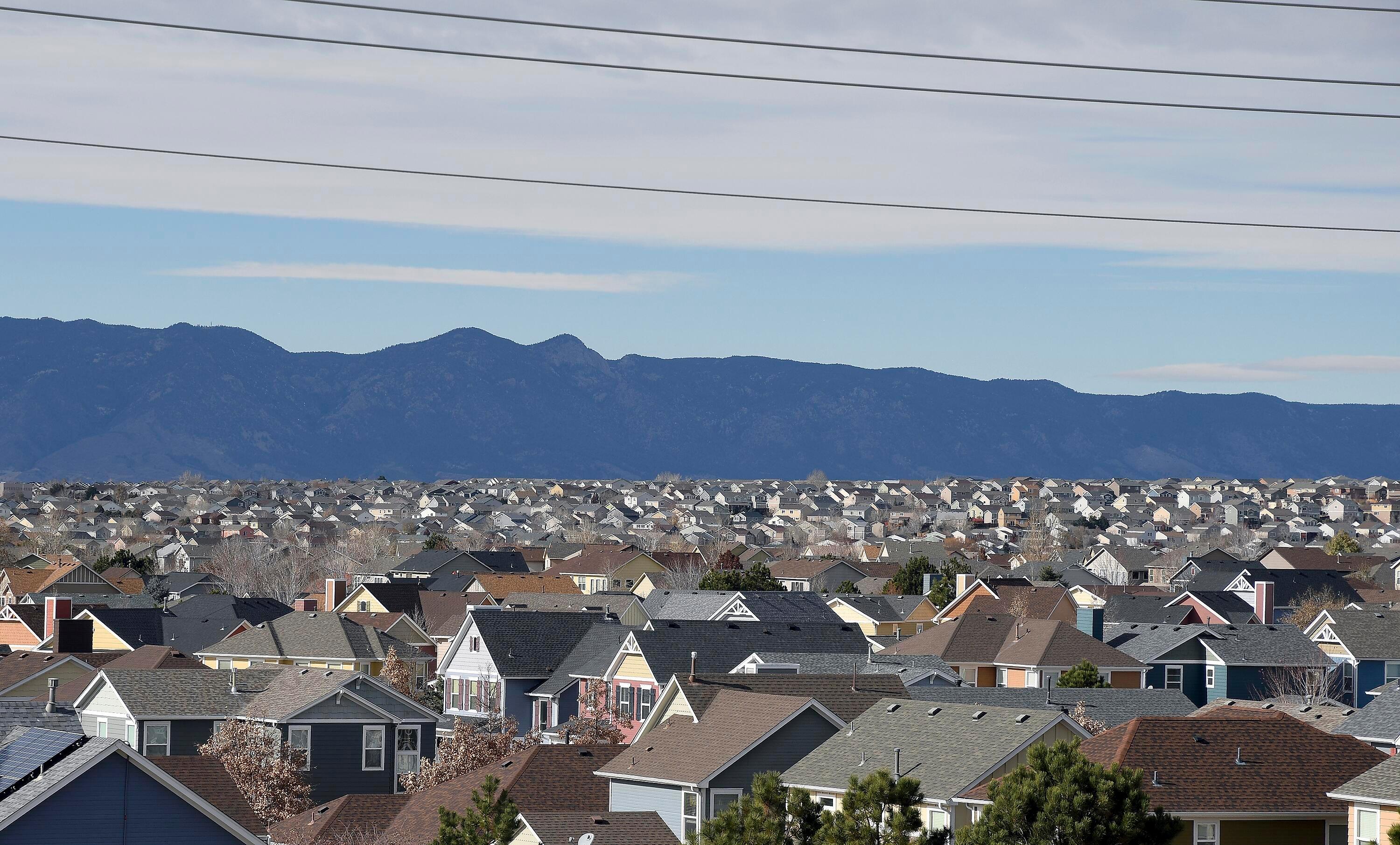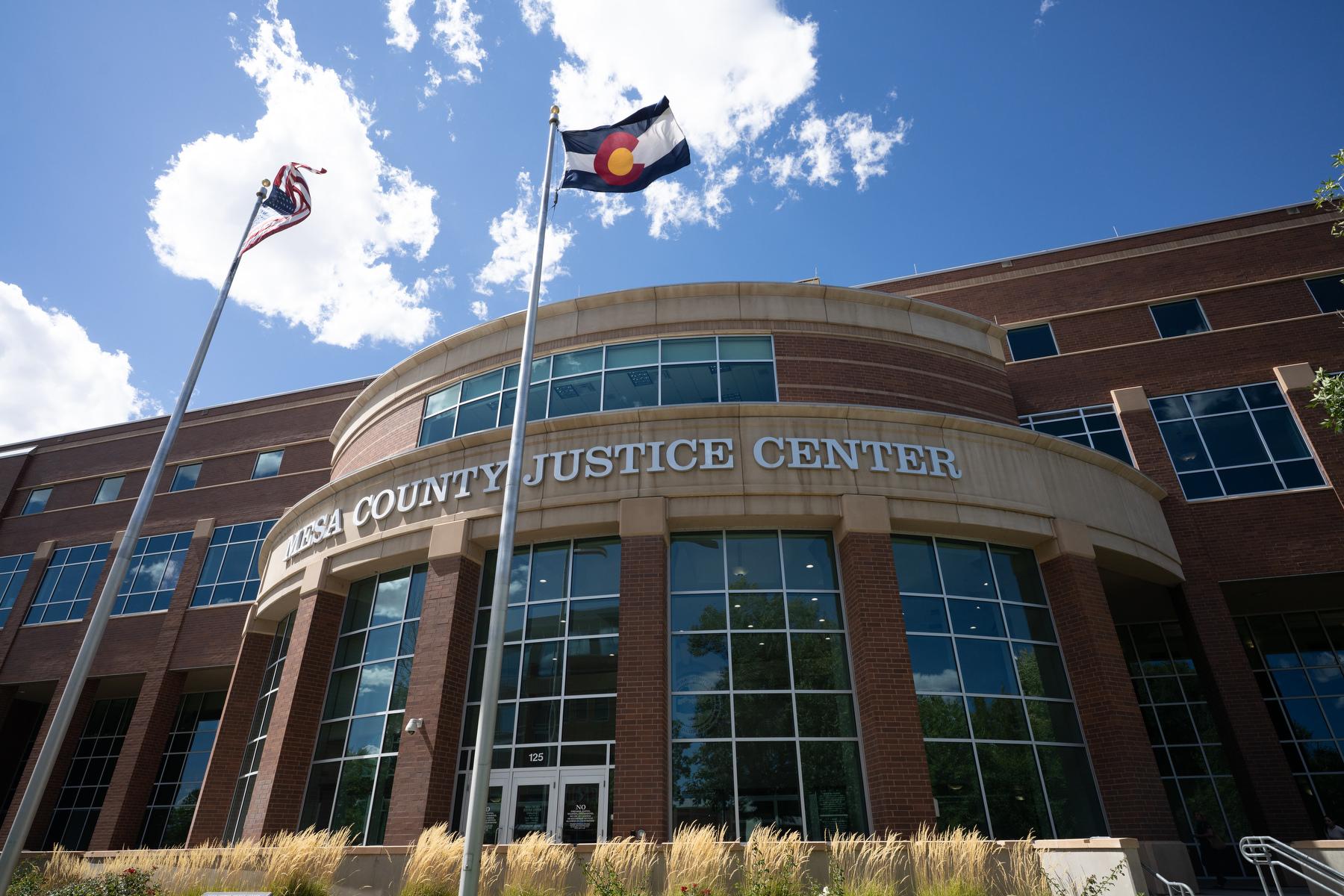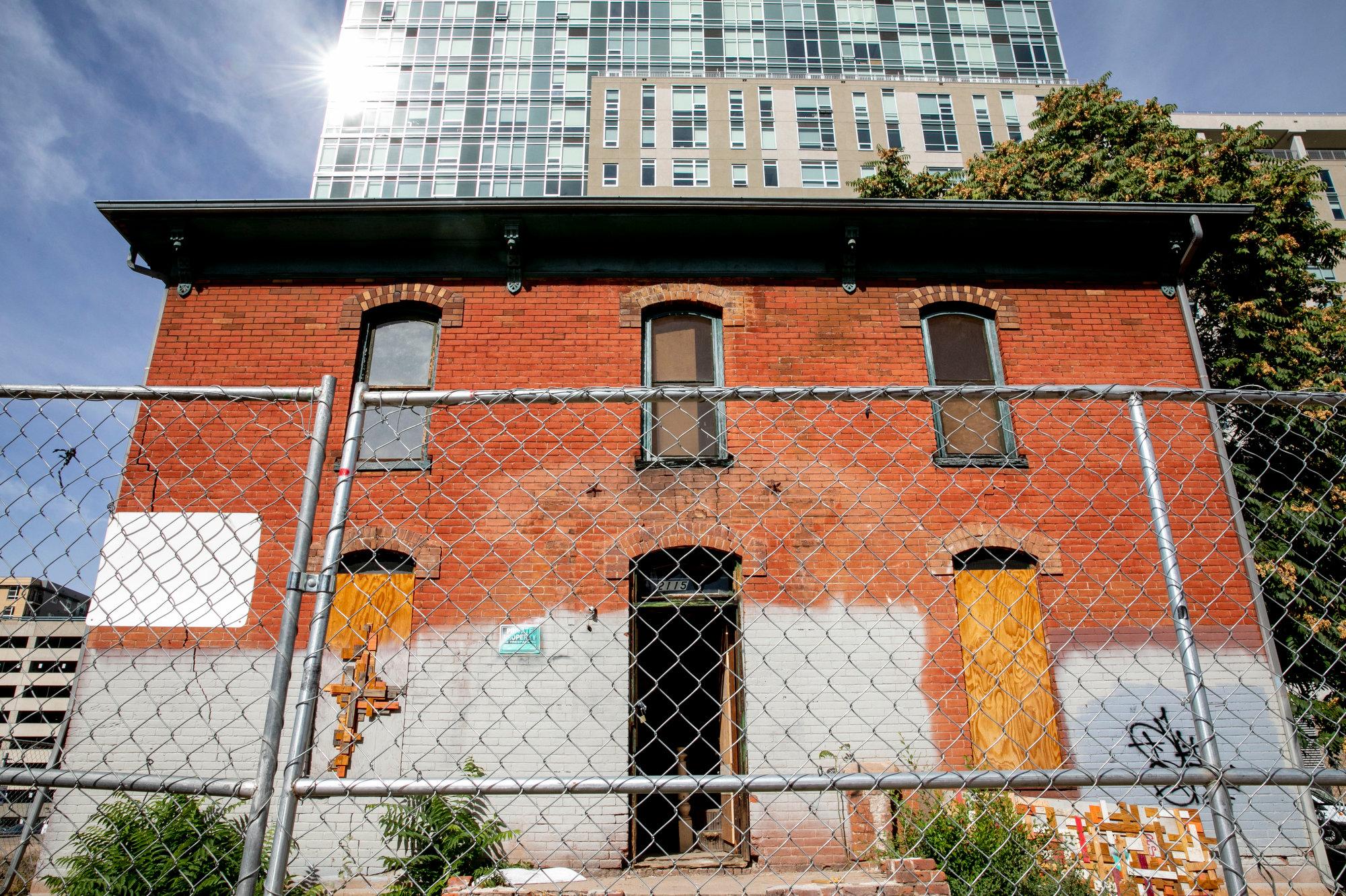
When the pandemic arrived, Colorado was dragged into an intense new phase of its housing shortage.
“You can almost draw it exactly to March of 2020, when things started to deviate from the norms,” said Matthew Leprino, spokesperson for the Colorado Association of Realtors.
Since then, housing costs have leaped upward at rates not seen for years. Rent prices have grown 13 percent in the last year in Denver, while home prices are up nearly 20 percent for the year, and it’s even worse in mountain counties. For many, the idea of owning a home, or even renting a decent space, has gone from “unlikely” to “impossible.”
In response, state legislators are preparing one of Colorado’s largest housing campaigns ever. They are set to spend $400 million of federal pandemic relief money — an unprecedented sum for this state, experts said — on a plan to make more housing affordable for more people.
“We’re all saying it: This is a once-in-a-lifetime chance to make investments in housing that we would never as a state be able to make in our own,” said Cathy Alderman, chief communications and policy officer for the Colorado Coalition for the Homeless, a member of the group that wrote the spending plan.
The spending plan represents a significant ramping up of the state’s current housing strategy, including other substantial new sources of funding created by state lawmakers.
In all, about 15,000 affordable homes might eventually be built or preserved with help from grants and loans from the federal package, according to state estimates. Private builders and ongoing state spending also will add tens of thousands more market-rate and affordable homes in the years to come.
But the housing task force estimated that the state will need 325,000 new homes over the next few years alone to restore the market to its historic balance — and Colorado has struggled to build more than 40,000 homes of any sort in a single year.
Facing that shortage, state lawmakers and Gov. Jared Polis are tiptoeing into a more controversial topic: Should the state go beyond “affordable” housing and push local governments to boost the construction of market-rate homes, too?
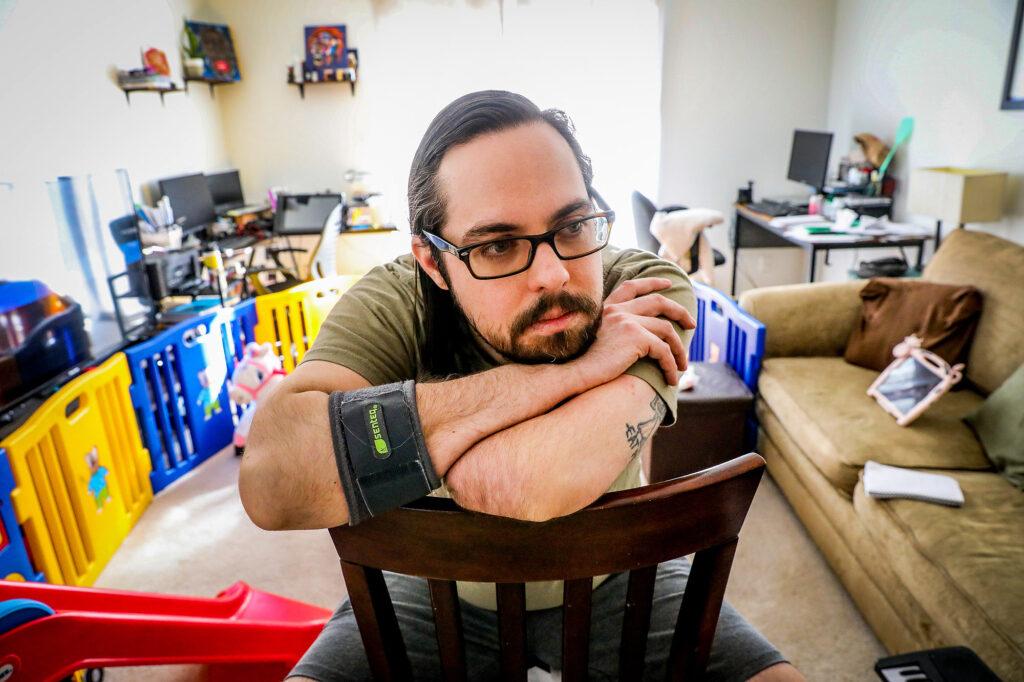
What does the new spending plan do for subsidized housing?
The real-estate pressure wave has brought the state to the “precipice of an economic reckoning” as it forces people to cram into insufficient spaces or move farther from work, said Kimball Crangle, an affordable housing developer with Gorman and a policy expert.
“And what’s at stake is the Colorado culture,” she added.
In Denver, the typical home now sells in just five days as demand intensifies. Meanwhile, in some mountain and rural counties, the median home price is up more than 50 percent since the pandemic began, The Denver Post reported.
“I’m told America is the richest country on earth, but I feel poor — very poor,” said Robert Maxey, who spent years commuting 90 minutes each way from Greeley for his $60,000-a-year federal job in Lakewood. His young family of three recently moved to a cramped one-bedroom condo in Denver, where he now feels trapped.
In Aurora, Brenda Lozada, 53, is hoping to move out of her daughter’s house, but can’t find anything larger than a studio for $1,000.
“It’s almost like you’re working hard to survive, to keep you sheltered, and Colorado has gotten really outrageous with the fees and the rent. It’s just sad,” said Lozada who makes about $35,000 a year working overnight shifts as a caregiver.
The federal spending proposal could help Maxey and Lozada find more affordable units. About $300 million of the money is slated to help governments and developers build and preserve designated affordable homes, including for people in the “missing middle” income brackets.
The money will largely support subsidized housing projects, which offer below-market prices for people with lower incomes. The package represents roughly 5 times what Colorado has spent in some recent years, and it shows that state lawmakers are taking a significant new role in affordable housing development. They also plan to create substantial new housing loan funds that will be replenished in the future.
“We know what the solutions are. We just don’t have the money to fund them,” said state Sen. Julie Gonzales, a Democrat and the vice-chair of the housing task force that developed the spending plan.
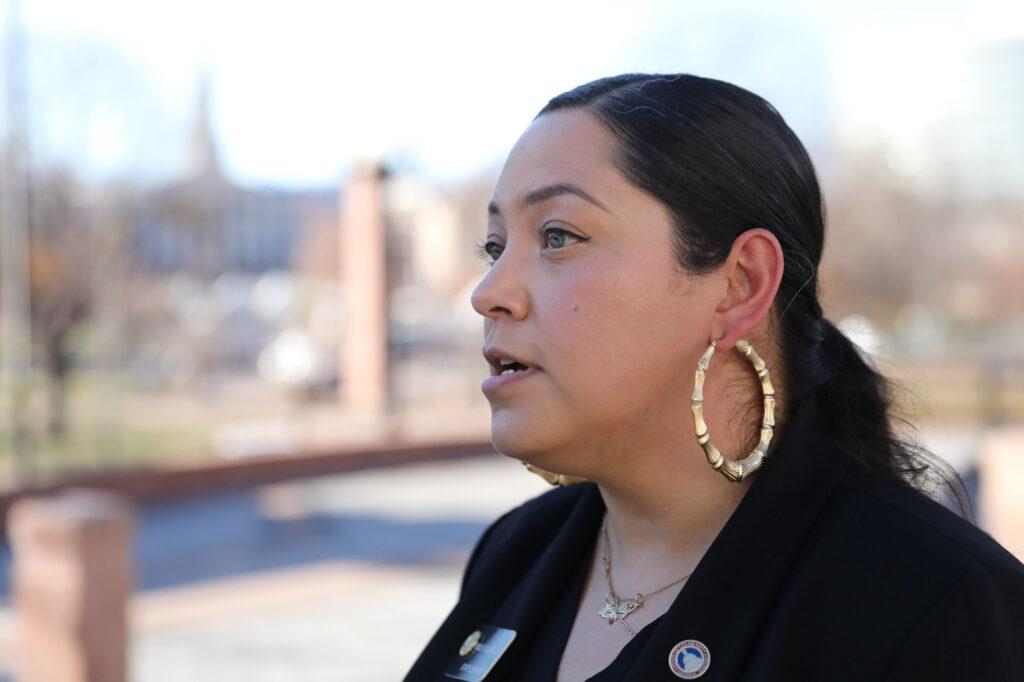
Those projects will be spread across the state. Many are almost “shovel ready” but need some more financing, said state Sen. Rachel Zenzinger, who expects to see effects soon.
Others will take longer: The Yampa Valley Housing Authority recently acquired a huge 500-acre property near Steamboat Springs. It’s “a hundred times” the size of other YVHA properties and could fit thousands of housing units, said executive director Jason Peasley.
Developing that kind of land is expensive. He made a rough estimate that just the first phase of infrastructure, from power to sewers, could come to $25 million. Peasley is hopeful that federal money will cover some of those costs and allow construction to get underway in 2024.
“Our goal is to utilize some of these one-time funds coming down, and then we won’t have to pass all of that cost onto the end user,” he said.
He’s not sure how much money the Yampa Valley Housing Authority will request from the housing package — but as he examined the statewide spending proposal, he realized how quickly the federal money will be spent.
“It just doesn’t seem like that much money anymore,” Peasley said with a laugh. “It’s great that that money’s available, but I know we’re not the only community that’s in … dire housing need.”
Statewide, it’s impossible to say exactly how much this spending package might accomplish. The federal money will be used to draw millions more in private investment, but it also comes amid higher labor and supply costs. Much of it may be paid out in low-interest loans — money that will come back to the state and then be loaned out again.
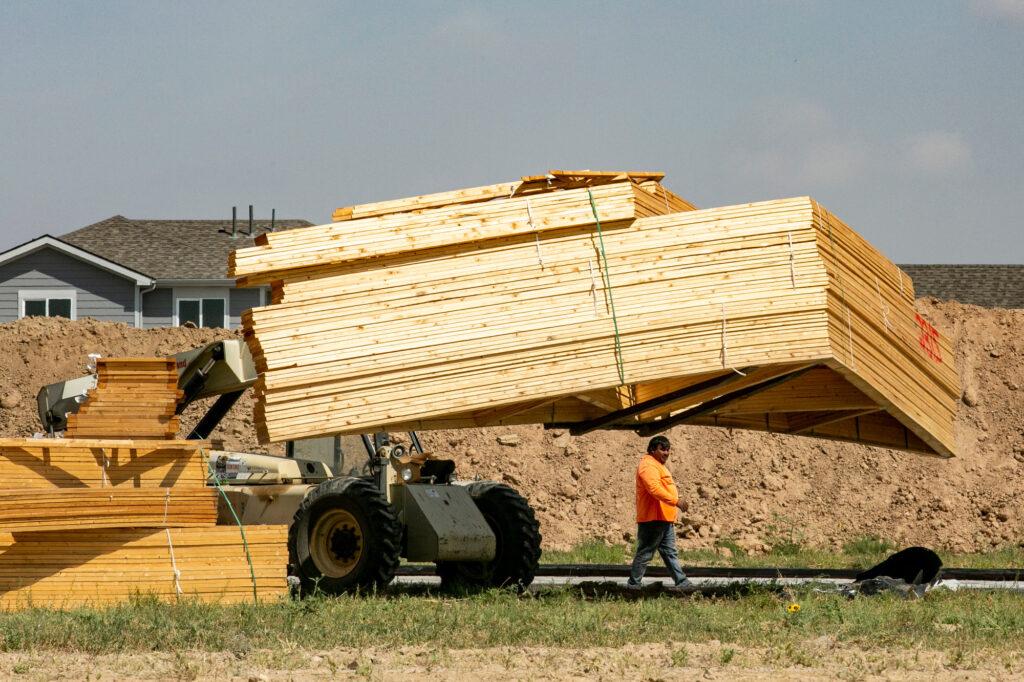
Economists say funding alone leaves a big challenge unsolved
In Colorado, housing production dropped by nearly 40 percent in the 2010s following the Great Recession. It was the slowest decade for housing construction in the state since the 1960s.
“It really is supply and demand,” said Phyllis Resnick, lead economist for the Colorado Futures Center. “We had unanticipated migration into the state during the years of the recession and the immediate aftermath … At the same time we saw this very dramatic slowdown in building.”
And while new housing construction has increased in recent years, it remains far short of market demand, according to Peter LiFari said, director of Maiker Housing Partners, the housing authority for Adams County. He believes the state’s increased investment in subsidized housing will help people, but won’t move Colorado past the “status quo.”
“This is great,” he said of the $400 million plan. “But what we need to do is free the market through greater standardization and innovation in the housing space.”
It’s a philosophy sometimes known as “Yes In My Backyard,” or the supply-side approach. In short, advocates like LiFari want to see the state encourage the construction of more (and denser) housing.
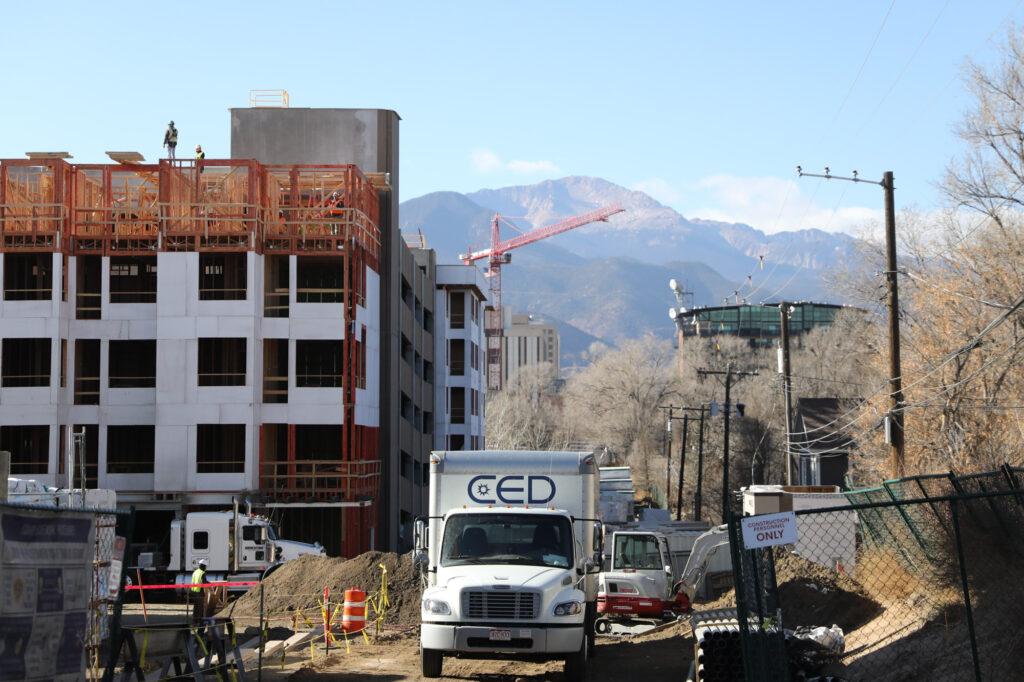
What state lawmakers have (and haven’t) done to boost housing construction
The question of land use — how and where things can be built — is ultimately decided at the local level. That means city leaders, not state leaders, have some of the greatest influence over housing construction.
But, in recent years, state lawmakers have started to take an interest in the topic.
Most notably, the plan for the upcoming $400 million of federal money also will favor local governments that encourage density, transit and green-building, said Rep. Dylan Roberts, chair of the housing task force. And the state has already earmarked about $38 million in federal grants for housing in cities that embrace higher-density development and other strategies.
It’s a strategy with direct backing from Gov. Jared Polis.
"The Governor is a proponent of cutting red tape, incentivizing our communities to build more attainable, sustainable housing, including increased density and more housing close to transit which will help solve our housing shortages for our growing population and grow in alignment with the state’s Greenhouse Gas reduction goals,” wrote Polis spokesman Conor Cahill in an email.
The plan also calls for $40 million to support innovative housing construction methods such as 3D printing and prefabrication.
The idea is that the state will give cities support and incentives as they make their land-use decisions. In other states, though, state lawmakers have gone further. They’ve started making the land-use decisions themselves.
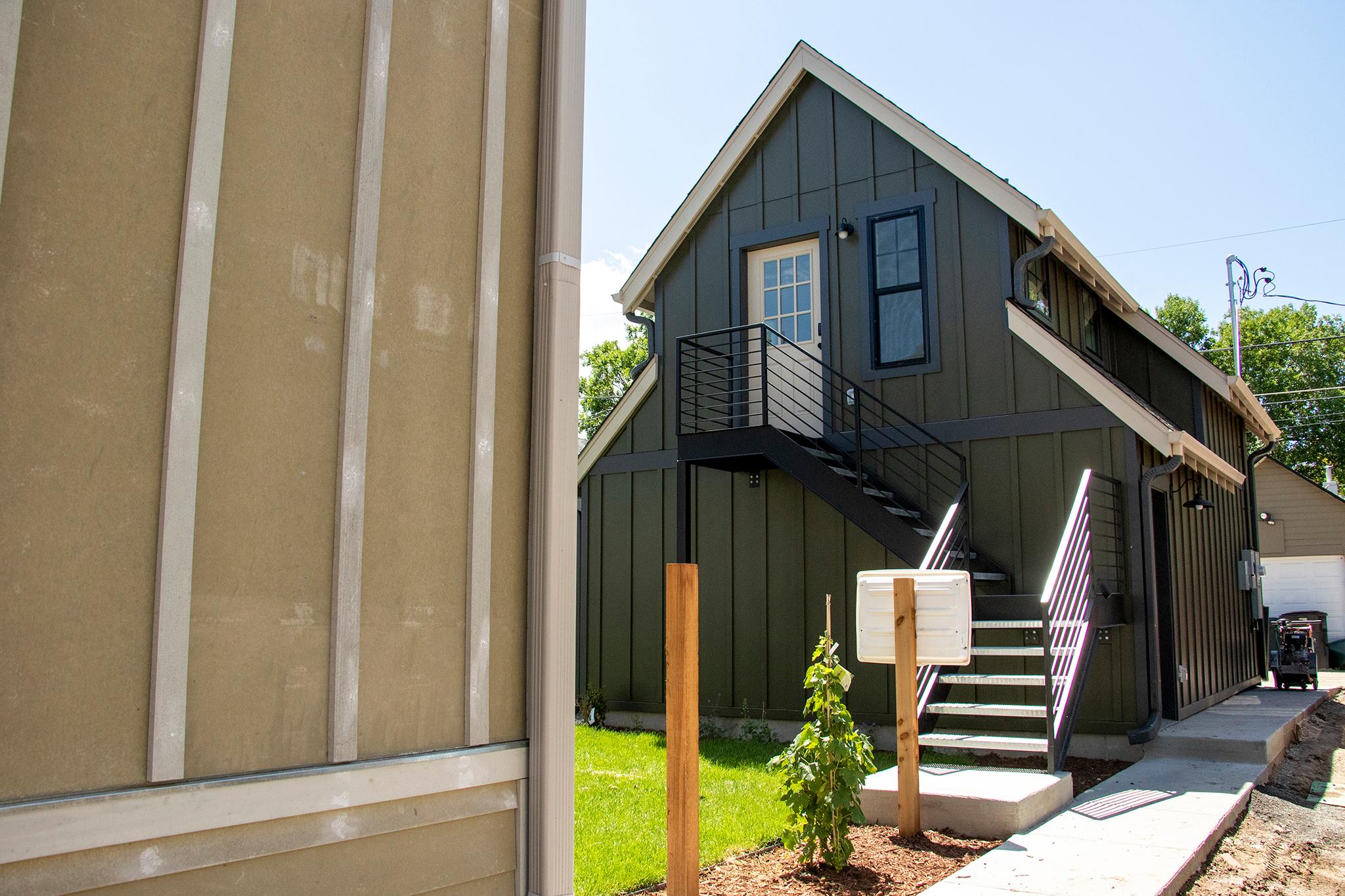
For example, accessory dwelling units have been a big source of debate in individual cities like Denver. But in Connecticut, a new law allows ADUs in single-family neighborhoods across the state. In California, a new “upzoning” law allows property owners to divide their single-family lot and instead build two duplexes — potentially yielding four units instead of one.
That upzoning could make the construction of 700,000 new homes financially “feasible” in California, according to a study from the University of California at Berkeley’s Terner Center for Housing Innovation.
Supply-side reformers like LiFari want to see those more forceful policies here, too.
He argued that the different building requirements in Colorado’s cities and counties have made the market too complicated. And local officials are unlikely to make substantial changes, he argued, because they often face intense pressure from residents’ “not in my backyard” mindset.
Facing new construction, people may fear gentrification and local housing price increases — which can be amplified by redevelopment. They may worry about heavier traffic or changing architectural styles. Or they simply may not tolerate new neighbors — a fear often reinforced by race and class biases.
State lawmakers, LiFari argued, are better positioned to overcome that resistance.
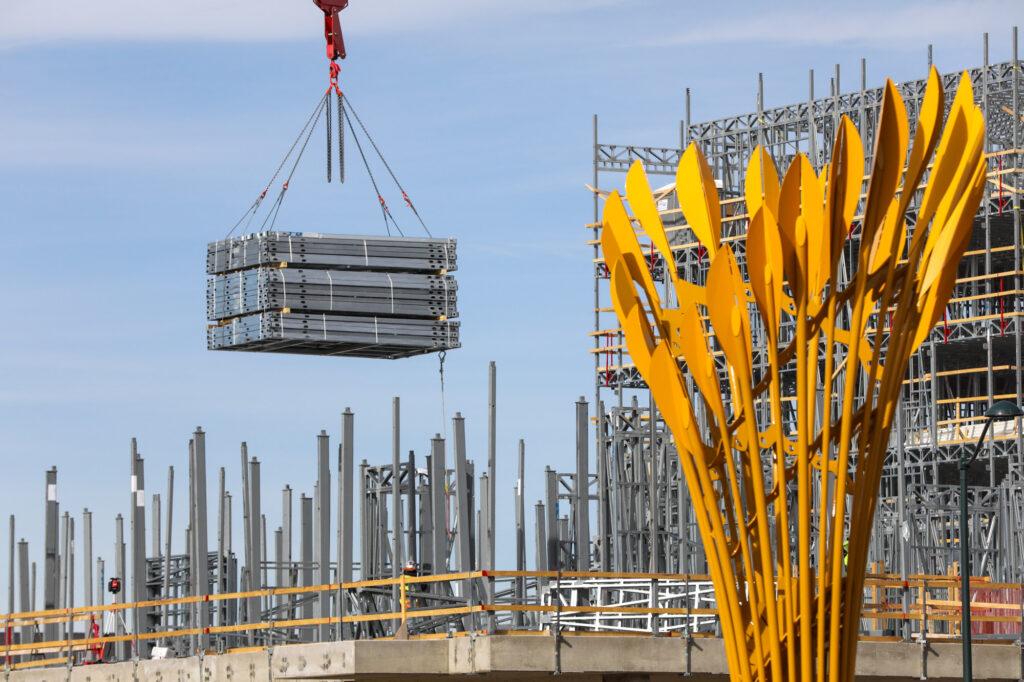
The legislature’s land-use debate
Sen. Gonzales said the question of the state’s role in land use came up in recent months in the housing task force.
“We weren't able to get to consensus on it,” she said. “I think that there's an open conversation to be had around what is the role of the state, you know? And I'm interested in that conversation. I think a lot of folks want to have that dialogue."
So far, Democratic leaders in the legislature aren’t entertaining the idea of a forceful state intervention. House Majority Leader Alec Garnett firmly rejected the idea that the state would override local zoning, pointing out that Colorado has long allowed cities to manage their own affairs.
“The conversation about forcing (zoning changes) hasn’t made a lot of progress in this building at any point in my time here, and that’s just based on, I think, the pioneering spirit of the state and the local control history and precedent which has been and will be for a long time,” he said in response to a reporter’s question.
Resnick, the economist, said that state lawmakers are more likely to work “around the edges” rather than intervening directly on zoning and building codes.
“The places where the state could make a difference are, for example, the labor shortage — giving support for people going into the (construction) trades,” she said.
And her colleague, CFC research director Jennifer Newcomer, pointed out that Colorado’s enormous geographic diversity makes it hard to create statewide policies.
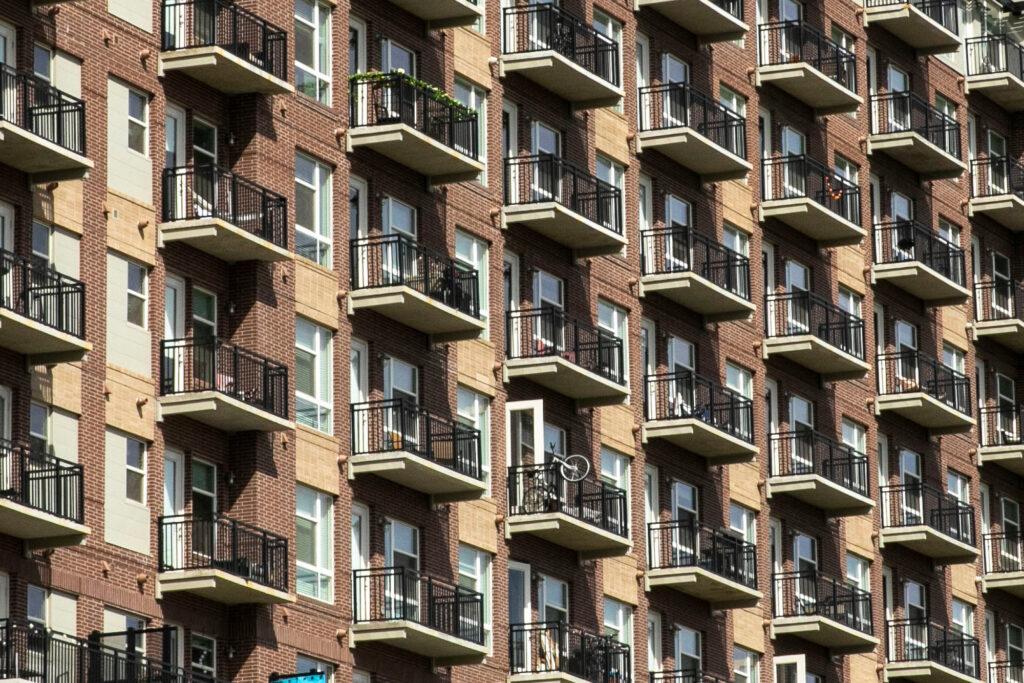
“Even within the different resort communities, they are also nuanced micro-markets with respect to the housing situation,” she said. “There are not blanket policies that necessarily work.”
But those words of caution are not reassuring Kevin Bommer, executive director of the Colorado Municipal League. As the organization representing hundreds of local governments, CML opposes efforts to erode local power, and he’s worried that state lawmakers still have their eyes on land use.
Bommer pointed out that Gov. Polis himself is a strong proponent of density policies. For example, he said, the governor was adamant that cities would have to embrace density if they wanted to use the new affordable-housing powers that lawmakers approved last year.
“We had a bear of a time with the governor's office and with the governor in particular,” Bommer said. “He initially said…he was opposing or wouldn't sign the bill if it didn't include a density requirement as part of this allowance.”
CML eventually succeeded in weakening the requirement, but Bommer thinks more state land-use proposals will come.
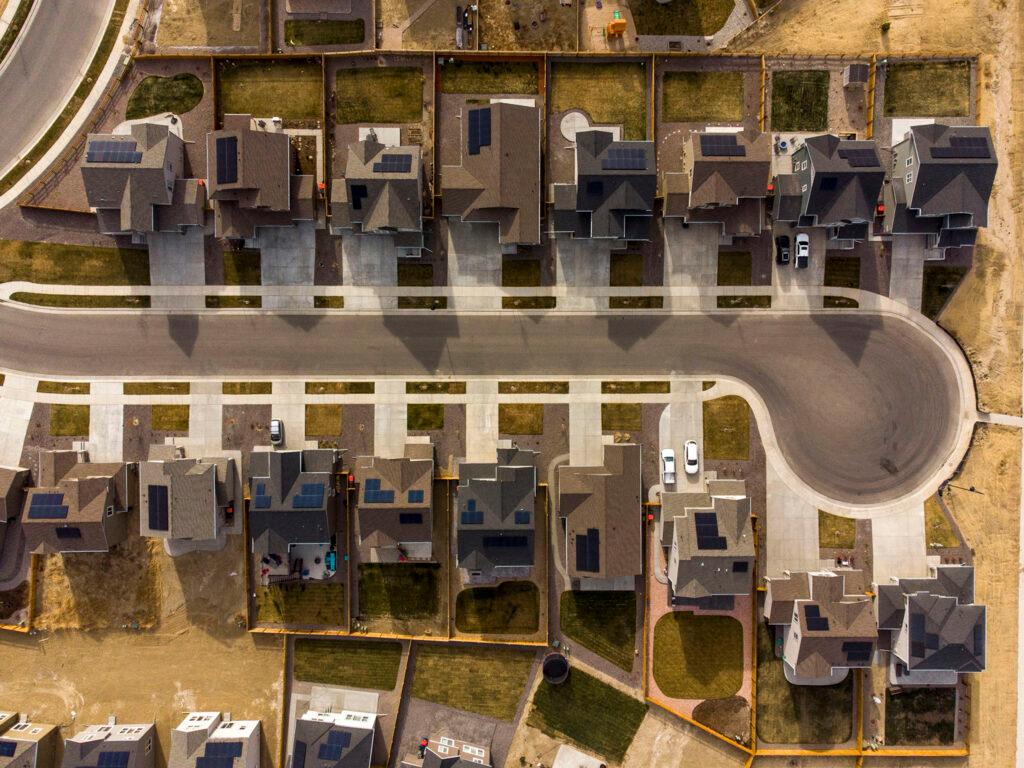
Republicans are talking about the housing supply, too
In fact, some of the new pressure on housing policies is coming from Republicans in the statehouse.
They’ve made housing a plank in their “cost of living” platform, and at least some GOP policymakers are blaming restrictive city policies for exacerbating the housing shortage.
For example, a Republican proposal takes aim at ”anti-growth” ordinances enacted by cities like Boulder, Golden and Lakewood (all three cities limit new residential permits to 1 percent of their existing total each year). The bill, sponsored by state Sen. Larry Liston and state Rep. Andres Pico, would ban cities from enacting similar policies in the future. The proposal also would penalize governments that put new limits on the use of private land.
“There’s a consensus in this building that we need to invest more in affordable housing,” said Kenneth Landers, deputy policy director for the Senate Republicans. “But there are other phenomena going on in the state that are clearly contributing to the lack of inventory, and one of those is these anti-growth ordinances that we’re seeing at the local level.”
Landers said that the pro-growth policy effectively “outflanked” Democrats by taking aim at local governments’ policies.
The proposal was quickly scheduled for the “kill” committee, signaling its likely demise.
But a Republican spokesman said the party hopes to salvage its chances with help from Democrats. Gonzales, who chairs the committee, said she had met with Liston to learn more about the policy.
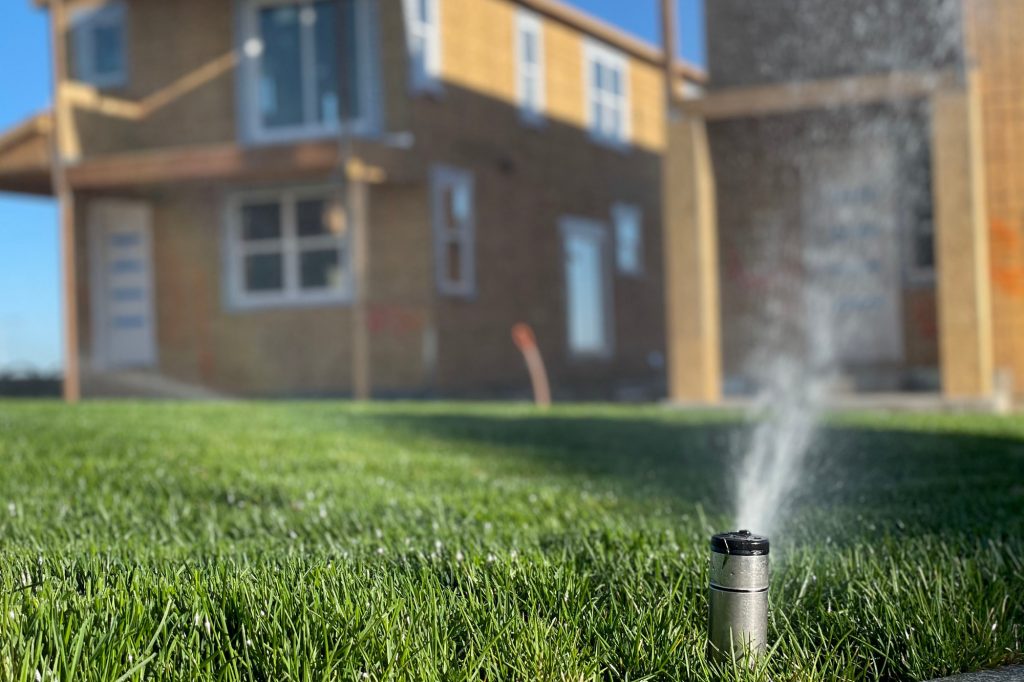
Bigger questions looming
Of course, there are still fundamental questions about the limits of a free-market approach to growing supply. For one thing, growth can strain natural resources, especially water supplies, as climate change drives the aridification of the West.
“Oh, God. The gorilla in the room is water,” Newcomer said when asked about the issue.
The town of Fountain, in El Paso County, recently put a moratorium on permits for new taps, concerned demand was outstripping its guaranteed supply. In Weld County, the town of Severance is also postponing tap sales over uncertainty with a planned pipeline project.
But the larger cities aren’t running into those acute shortages, and policymakers have options to find water — including by forcing greater efficiency, reducing usage and trying to reallocate water away from other sectors like agriculture, which makes up the vast majority of Colorado’s water usage.
There also are economic questions about the supply-first approach to housing. Resnick and Newcomer said it’s unclear if the private market is the end-all solution. “It’s not just supply and demand,” Resnick said. While she wants to see greater supply, she noted in a report that increased supply should be “tailored to households currently priced out of the market.”
Resnick and Newcomer suggested that making the housing market work for all people may require developing in ways that aren’t dictated primarily by profits.
“You effectively need to build a parallel market that’s incentivized differently, that has a different mindset with respect to the type of products and price points that are necessary to fit the needs in this middle-income segment,” Newcomer said.
Resnick said potential solutions could include “land banks” and non-traditional investors who are more interested in the public good than profits.
“Maybe the traditional market isn’t the right avenue,” Resnick said. Maybe it’s “that we need to be thinking radically outside the box, instead of tweaking what’s in the box.”

